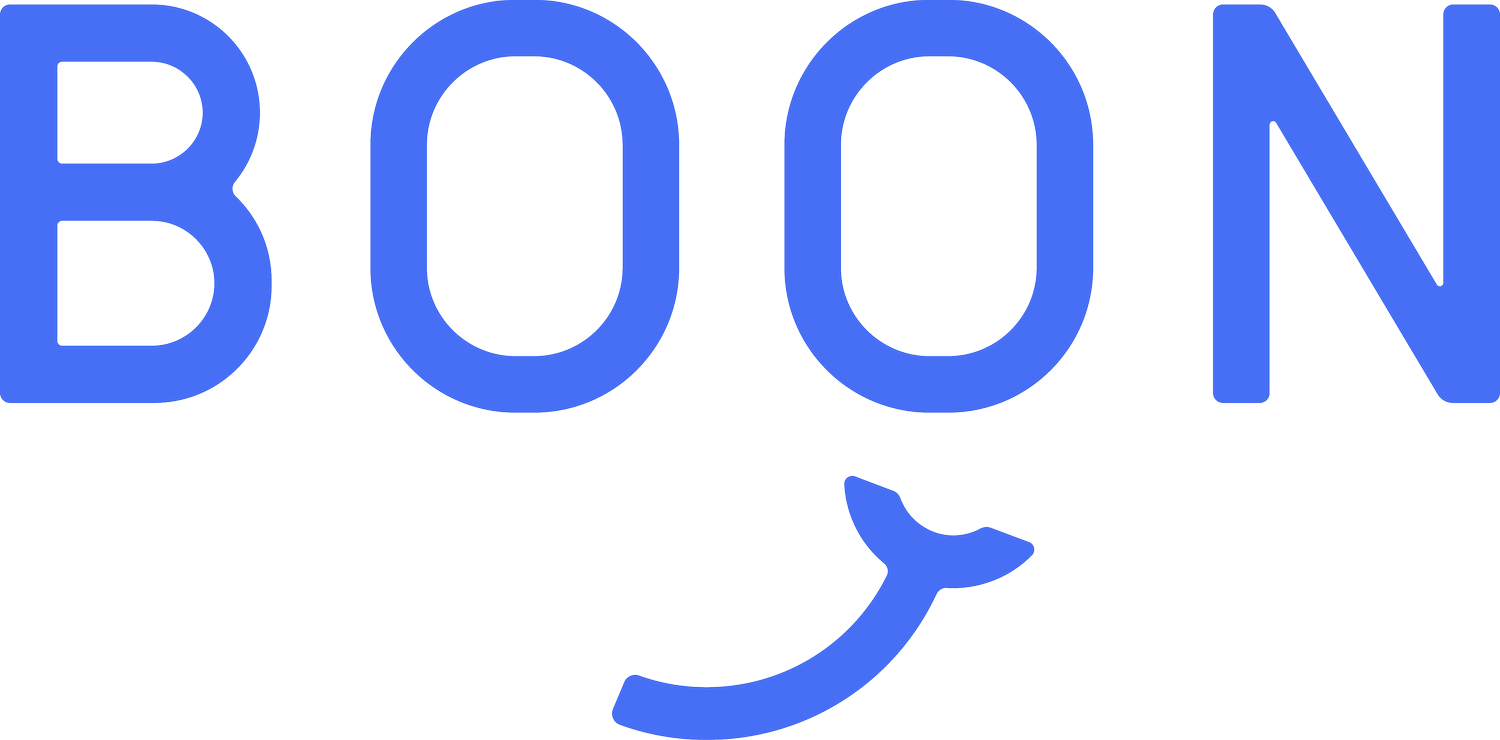Communicating Boundaries around In-Person Work
Tricia Gehl, Boon Coach
For many us, working remotely was only a myth; an interesting and perhaps intriguing concept we’d heard whispers of while typing away in our cubicles. Cut to 18 months ago. The world changed, life changed, and where and how we worked changed. It took time but we learned to adjust to working from home. We put on our business casualwear (at least on the top half) and set ourselves up in our kitchens, spare bedrooms, and back porches and dutifully joined our video calls. We put a lot of time and effort into establishing and holding boundaries to help manage life, work, family, and fun from within the confines of our homes. Now, many of us are being asked to head back into an office; before doing so, it may be helpful to identify and communicate what are your boundaries around in-person work.
Identifying your Boundaries
Get clarity on exactly what your boundaries are
Thinking about in-person work may bring up a lot of stress and anxiety for some of us. We may be concerned about how we will continue to keep ourselves and our loved ones safe as we venture back into the workplace. We may bristle against the thought of going back to the limited balance we had between our work and personal lives. Taking focused time to determine what exactly you are and are not comfortable with will help you define clear boundaries.
Connect your boundaries to your Values
When something is off in our lives, it’s usually because someone or something is pushing up against one (or more) of our Values; or, when one (or more) of our Values is not being honored. Perhaps you’ve picked up a new hobby that honors your Value of creativity and you want to make sure you can continue to accommodate it? Or you’ve established a new family ritual that honors your Value of connection, and you want to continue regularly incorporating it into your daily life. Honoring and making decisions based on your Values directly correlates to overall satisfaction; creating boundaries with your Values as a guide will help remind you what it is about setting the boundary that is so important to you.
Identify the “cost/gain” of honoring those boundaries
Think about what it would cost you, as well as what you would gain, by establishing a particular boundary. Using this cost/gain method helps you identify if a boundary is going to help you achieve the desired outcome you’re looking for. Perhaps you’d like to put a boundary in place around leaving the office each day by 5:30 PM. What would it cost you to do so? What would you gain by doing so? If the gain outweighs the cost, it may make sense to keep that boundary firmly in place.
Communicating those Boundaries
What can you do to help prepare for the boundary setting conversation?
● Focus on the facts. Whether it’s time constraints, health concerns, or something else altogether, outline a clear picture of why these boundaries need to stay in place. Identify your key points and make sure that the other person hears and understands them; asking them to reflect back your needs is a great best practice to ensure your message is landing clearly. Looking to make remote work a permanent arrangement? Share the impact you’ve made while working remotely to demonstrate your commitment, dedication, and focus no matter your physical location.
● Now focus on the feelings. How does having these boundaries in place lend to your overall job and life satisfaction? To your motivation and focus? To your retention? Think about what you will feel if these boundaries are met and honored and share that with the other person.
● Practice out loud. Create your talking points and practice them in front of a mirror or simply out loud. Speaking the words aloud will help you determine which words and phrases work best and feel most authentic to you. It will also help you work through some of the emotion you may feel while speaking them before you deliver them to another person.
● Work with a Life Coach. A coach can support you in looking at things from all perspectives and help you craft and practice these types of conversations. A coach can help connect you to your Values and figure out your “why,” gently challenging you to be as honest with yourself as possible about your boundary needs.
————————————————————————————————————————

